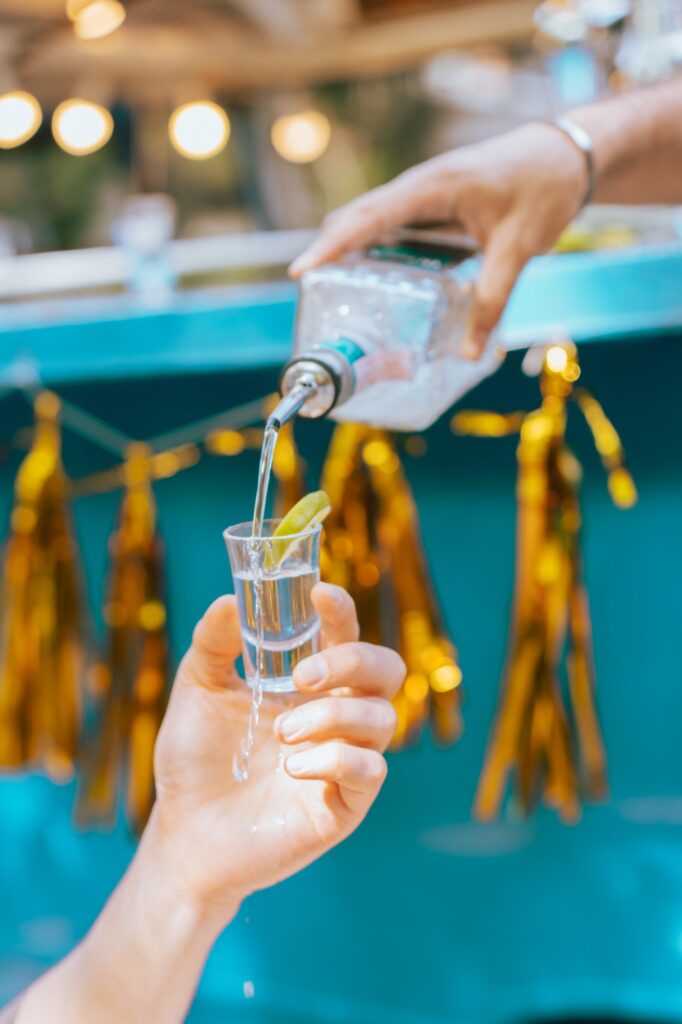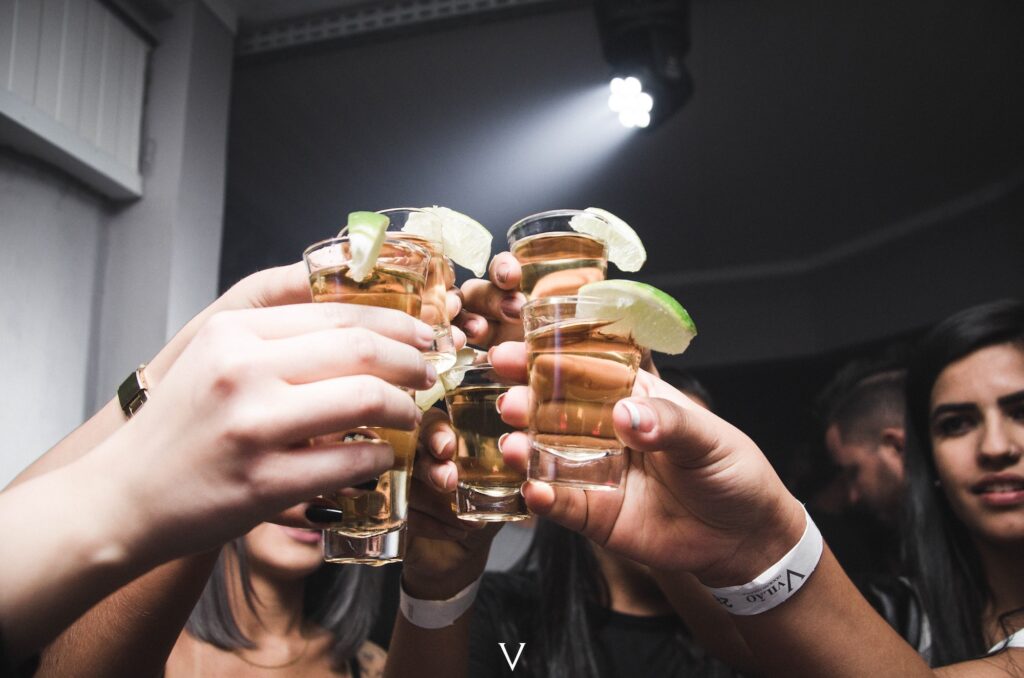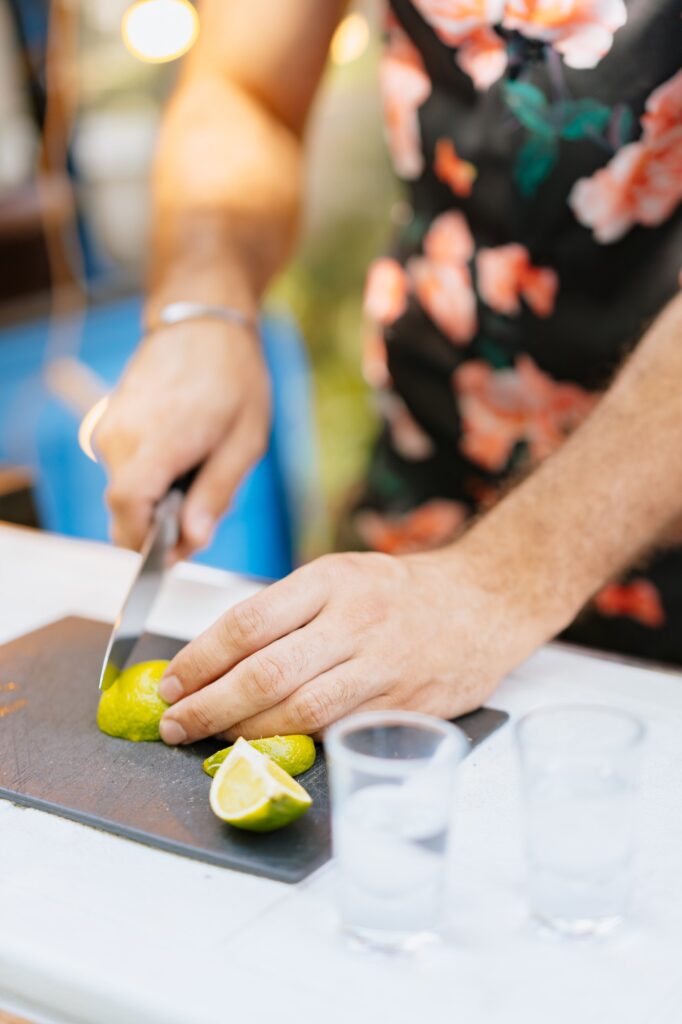Body shots, margaritas, sunrise mix, and even the bar-top dance performance of your friend last night – tequila is responsible for all of these. This drink is also Mexico’s national spirit, and this country happens to be the only one allowed to produce the liqueur. In Mexico, tequila has enjoyed a prominent place in many homes, and it has its history.
On the other hand, in the US, most people have a tumultuous relationship with this drink. As the years passed, the liqueur became well-known as a smooth sipper from its hangover-inducing shooter origins. It’s also a craft cocktail ingredient in many bars. The future is bright for the best ones like the Maestro Dobel 50 tequila, and it’s not surprising that many celebrities are now promoting this and even making their own brands. With this said, here’s some short history that you may be interested to know.

Everything You Need To Know About Maestro Dobel 50 Tequila
A History about Tequila
The practice of making alcoholic drinks using the agave plant is prevalent in Mexico, and this has dated to around 1000 BC. The Aztecs have used the agave plant’s sap to ferment drinks such as pulque. The Aztecs worshipped this milky liquid as well as the Gods they associated with it.
In the 1500s, the Spanish invasion of the Aztecs resulted in the distillation of the agave spirit. When the colonizers established a trade between Manila and Mexico, the exchange for coconut brandy was opened. The brandy was very popular, and soon enough, the colonists have made their very own spirit that’s made of the agave plant.
In the 1600s, the popularly-known “father of tequila” Don Pedro Sanchez de Tagle had built a distillery in Tequila, Jalisco. It was a large-scale project, producing the spirit of what was known as mezcal de tequila. The two were thought to be the same things, but it wasn’t until the 187s that Don Cenobio Sauza had come into the picture.

He made the distinction that the best and premium drinks were the ones that were made of blue agave. The decision was made into a law, and before long, the liqueurs are being exported to the United States and other parts of the world. Read more about the history on this page here.
How is Tequila Made?
While it’s possible to harvest corn, wheat, and grapes a few months later before being distilled and processed into alcohol, the agave plants are different. For one, they take about a decade to grow before they are ready for tequila.
Harvesting is labour-intensive, and it’s done by hand. The jimador or farmers who do the job do the following when turning the plant into liqueur:
Harvesting of the Agave Plant: When they are ready to be harvested, the roots and spiny leaves are removed from the main plant. The piña of the agave heart is the one that’s going to be processed.
Processing the Plant: The hearts are baked slowly for a few days. This slow cooking prevents the juices from becoming bitter, and it reduces the caramelization process. The baking will also maintain the fragrances and tastes of the plant.
Crushing: After the hearts are cooked, they are then crushed carefully so the farmers can obtain the sugary juices. The crushing is done through mechanical grinders or crushers using a volcanic stone wheel that’s called tahona.
Fermentation Process: There’s the process of distillation and fermentation where the alcohol is aged in wooden containers and then put into bottles. Know more about the process here: https://www.sciencedirect.com/topics/biochemistry-genetics-and-molecular-biology/fermentation.
100% Agave vs. Mixto Tequila
Mixto or mixed tequilas are often made with 51% agave, and the rest is fermented sugar. The flavorful combinations are tasty and sweet-smelling. However, the flavor does not have the full-bodied quality of the 100% blue agave plant extract.

The flavors may be harsher, and they can burn all the way down. They are also considered inferior compared to other tequilas. You may want to choose the oro or gold tequilas and the young or joven ones. They have coloring and oak flavorings added to them. The reason why they are very cheap is that they are affordable for many producers.
If the label is 100% agave, this means that only the blue agave plant was used. Many enthusiasts generally recommend this as it will guarantee lesser burns and complexities in flavors.
